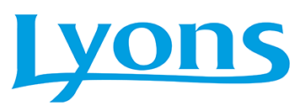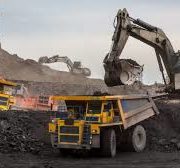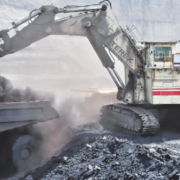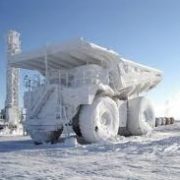Lyons Indigenous New Look

Lyons has established a reputation throughout WA as the experts in Heavy and Light Vehicle in air conditioning and filtration. They are embedded in the mining, transport and construction industries and play a part in environmental sustainability and respect for the traditional landowners of Australia. Looking to expand their indigenous workforce and supporting Aboriginal artists by showcasing their stories, history and amazing talents.

The new Lyons mobile service vehicles have been imprinted with amazing artwork from our local and proud indigenous artist Tamara Hayden.
The artwork tells a story about Derbal Yerrigan (Swan River) and goes like this:
“The rivers of Perth are woven into the dreaming stories of our local aboriginal people, the Noongar. For us the Swan River is known as the Derbal Yerrigan. Derbal Yerrigan describes the Swan River and some elders have said that’s it’s the place of fresh water turtle, because the fresh water turtle was very important to us for medicine. However, the words Derbal Yerrigan do not literally translate as Swan River. The literal translation for Derbal Yerrigan is Narlak (swan) Beeliar (river). Derbal Yerrigan is understood to refer to fresh water or brackish water turtle dreaming along the river.
In traditional times, our Noongar fishermen would crush shellfish into a pulp and sprinkle it into the water to attract fish. The men would wait in the water and spear any fish that were drawn in. In autumn when smaller fish would approach the shores, our people would surround them keeping them in the shallow until the tide dropped, at which point they were easily speared. If the water was too deep and fish were not stranded the woman and children would make a simple fish pen, by pushing gathered bushes into the sand. The fish could then be contained and easily speared.
In autumn and early winter, salmon were in abundance and many would be speared as the dolphins chased them into the shallow waters. Our people did not use nets, rather they wove bushes and sticks into a wicker fence. Our people would also light camp fires on the beaches,

where the shallow waters and white sand would make it possible to see the fish still in the water, and easier to catch. This is how cobbler was speared in the Derbal Yerrigan.
The Swan and Canning rivers also holds great significance to our Noongar people as being created and sacred to the rainbow serpent the Wagyl, a Dreamtime spirit taking the form of a giant snake.
It began when the Wagyl created what we now call the Swan River (Derbal Yerrigan). For perhaps 40,000 years, aboriginal tales of the snaking waterway and surrounds have been told, as the women walked the southern shore teaching their children all they needed to know to live of the land, before they gathered at Point Walter, which they called Djoondalup.
The Northern shoreline was where the boys were taken to go through law – the rites of passage to manhood. Then they would cross the river to Point Walter, coming back as men. Elders taught our Noongar people that the Wagyl created creeks, waterholes, lakes and valleys on its journey to the ocean. As the Wagyl slithered over the land, his track shaped the sand dunes, his body scoured out the course of rivers, where he occasionally stopped for a rest, he created bays and lakes. Piles of rocks are said to be his droppings, and such sites are considered sacred. As he moved, his scales scraped off and became the forests and woodland regions.
Our Noongar people were appointed as the guardians of the land by the Wagyl. He said our spirits are in the trees and the hills and the rocks and the animals. When your born you come from the land and when you die your spirit goes back to the land. The spirit ancestors from the dreaming gave us this law”












